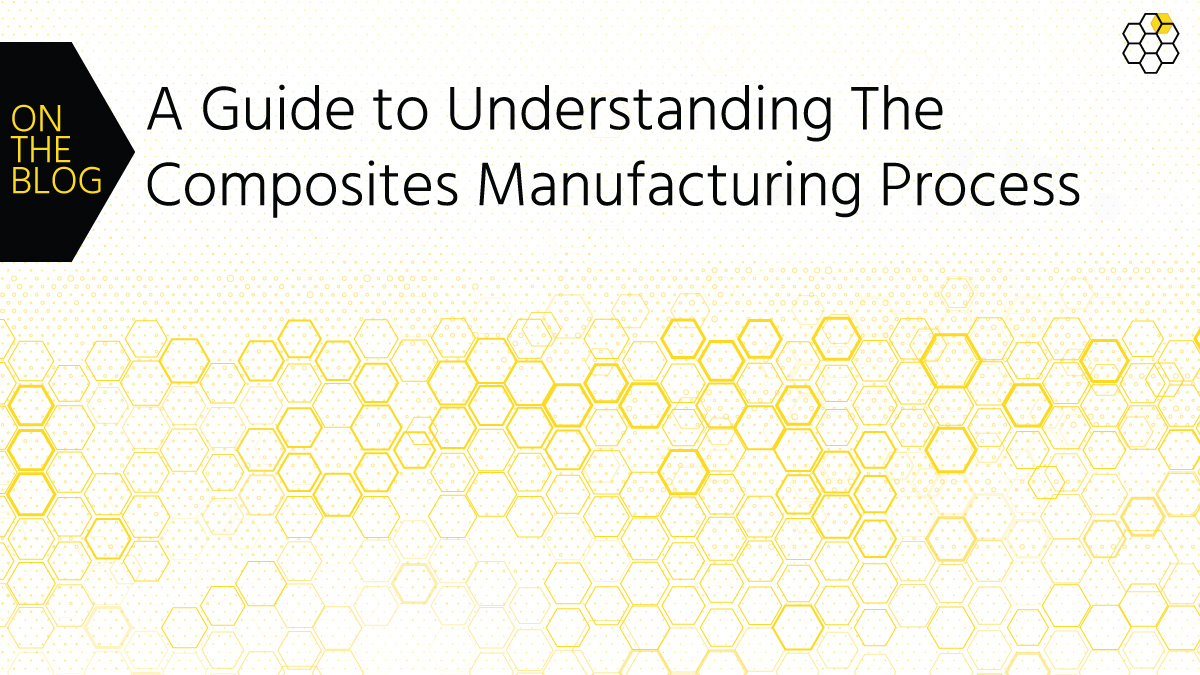
There is a $22.2 billion contribution to the US economy by the composite industry. It’s an industry that is an economic force and acts as a fuel to the American economy. It is not possible for anyone to understand this kind of an industry without at least getting to understand the composites manufacturing processes.
It is only right to get to know what goes on in the composite industry by looking at its main processes.
This piece of writing will give you extensive knowledge concerning this. First, composites manufacturing processes are three. Consisting, polymer molding, closed molding, and open molding.
Within these molding categories, there are a variety of processing methods that have their benefits. Let us have a look at all of them for a better understanding.
Closed Molding
In this molding category, there is a processing of composite materials.
Cured inside a two-sided mold or a vacuum bag, then closed to the atmosphere. The closed molding has been considered when, the requirement of high production volume and during a two-sided finish.
Vacuum Bag Molding
Vacuum bag molding is a manufacturing process that helps in improving the laminate’s mechanical attributes.
There is a concentration of high-fiber that provides better adhesion. This normally happens between layers of sandwich construction.
In addition to this, there is also an elimination of excess resin by vacuum bag molding. Excess resin builds up from structures made by hand lay-up techniques or open molding.
Vacuum Infusion Process
It’s a technique makes the resin move into a laminate by using vacuum pressure. This kind of process usually helps with the manufacturing of very large structures.
It also helps with offering substantial emissions reductions as compared to wet lay-up vacuum bagging and open-molding processing. It also produces strong lightweight laminates. The vacuum infusion process is the same as molding in that it uses low-cost tooling, and it also requires minimal equipment.
Continuous Lamination
It’s a process that is used to make the corrugated or flat panel and sheet products. These products are mainly used in electrical insulating materials, building panels, skylights, road signs, RV sidewalls, and trucks. The process has a high combination of resin and fibers.
After this, they are guided through a conveyor process after being sandwiched between two plastic carrier films. A composite panel is then formed after in an oven and heating zone.
The resin and the sheet form a roller’s shape and are then cured. There is then an automatic trimming of the panels to the desired length and width.
Compression Molding
This is a process that has two similar molds sandwiching composite materials. This is done under heat that is usually from 250° F to 400° F, and under intense pressure. It is then done until the part is fixed.
High part uniformity and fast molding cycles are featured in compression molding.
The process has been automated. Moreover, this process provides nice surface finishes and design flexibility, and the labor costs are low.
Pultrusion
This is a process that can modify composites into bars and rods that are long and consistent.
There are continuous reinforcement strands that will be passed along a resin bath so that they can be saturated. After this, the composites are sculpted into extended lengths after being pulled through heated steel molds.
The finished products are very strong, and the labor costs are low. Also used to make products such as golf club shafts, fishing rods, tubing, pipes, channels, and beams.
Resin Transfer Molding
A molding known by liquid molding. The closed-molding method involves reinforced material loaded to a closed mold.
The resin gets pumped into the mold after being clamped. This is done under pressure and through injection ports. On all the exposed surfaces, there are some smooth finishes done, and there is a production of complex parts with this kind of process.
The cycles are speedy sometimes, and the process can be highly automated or just simple. Any combination of orientation and materials are used to reinforce material inside the mold. These reinforcements also include 3-D reinforcements.
Open Molding
When it comes to this process, fiber reinforcements and resins, which are raw materials, are made to cure and harden by being exposed to air. This process also has its different t processes that include filament winding, casting, spray-up, and hand lay-up.
Hand Lay-up
This process is the least expensive and the most common among all the open-molding processes. This is because, among all the other processes in open molding, this is the one that requires the least amount of equipment.
Riber reinforcements get placed by hand and applied with resin on a roller or brush. The hand lay-up process used to make both small and large items include, showers, tubs, storage tanks, and boats.
Spray-up
This process is somehow similar to hand lay-up. However, it uses a chopper gun, which is a piece of special equipment. This special equipment helps in cutting reinforcement materials into short fibers and then adding the resin.
The mixture chop, will then deposited onto a molding surface. Typically used to produce large quantities, more automated than hand lay-up.
Filament Winding
Filament winding, an automated process that applies continuous strands of fiber reinforcements. Resin-saturated over a mold to a rotating cylindrical.
The process creates hollow products like chemical storage tanks, stacks, pipes, casings, and rocket motor. Along with being less labor-intense than other open-molding processes.
Beyond Composites Manufacturing
The economy can not thrive without composite manufacturing.
Contact us for more composites manufacturing information.
